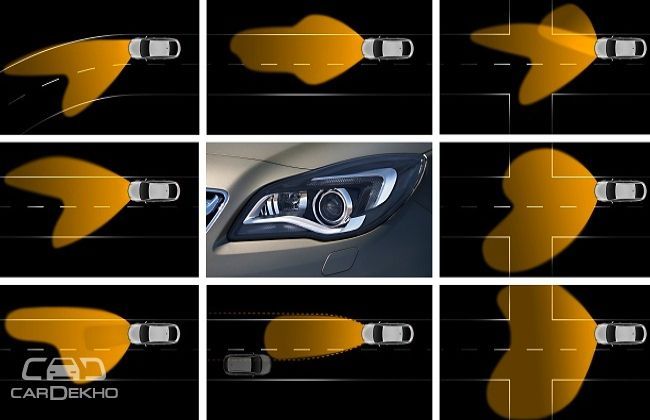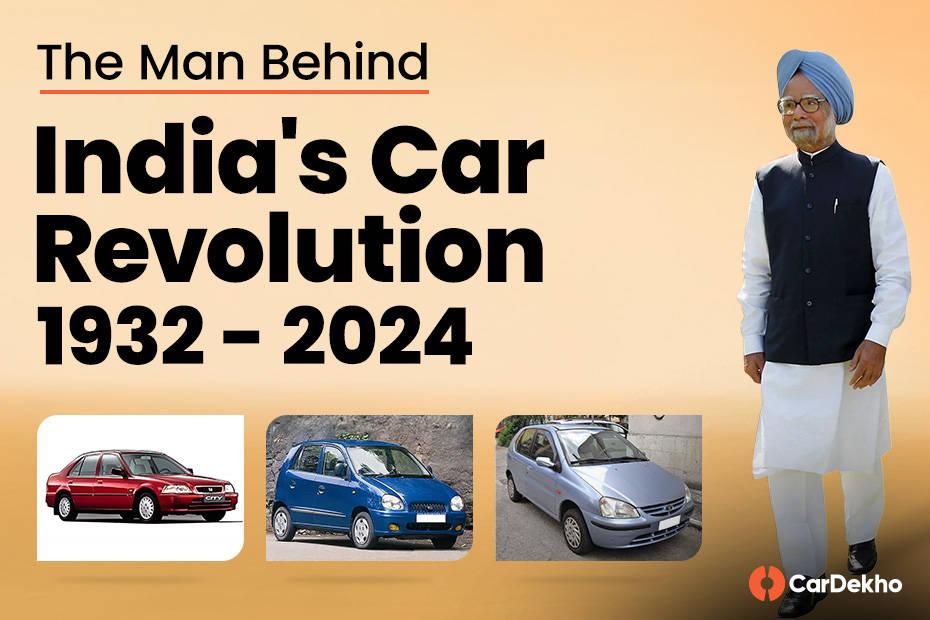Drivers eye to direct car headlights: Opel
Published On Mar 24, 2015 07:16 PM By Abhijeet
- Write a comment
Night time driving is a tedious task, whether in the city or out on open highways. The best friends you can bet on at night are your car headlamps. Straight out of science fiction, Opel engineers have been working on the third generation of adaptive lighting that will enable car’s headlights to be directed by your eyes!

Developers have been working on a radical new system that will employ eye-tracking technology. The current generation already has a widely-praised and multi-award-winning AFL+ bi-xenon system featuring up to 10 lighting functions available in most Opel models will soon pave way for Opel’s LED matrix light to go into mass production.
How does it work?
You might there must be a million sensors and cameras focussing on the your corneas, however as opposed to standard high-performance eye-tracking systems requiring five to 10 cameras, Opel used a simple webcam at first. Focussing on your head, it scanned critical and prominent points like nose and eyes, to detect movement and thereby the driver’s line of sight.

The system then converts this collective information into data commands for electronically-controlled actuators. These are responsible to swiftly align the car’s headlamp projectors to the desired location. Although this tech came very close to achieving eye-control of the headlamps, processing of data still took too long and the recording rate of the webcam was also too slow to meet the demanding requirements of road traffic conditions.

“We’ve been pursuing this concept of controlling the direction and intensity of light based on where the driver is looking for around two years. The more we understand the benefits of this technology, the more intensively we push ahead with our joint project,” states Ingolf Schneider, Director Lighting Technology, Opel, describing the collaboration between Opel’s International Technical Development Centre and the Technical University of Darmstadt.

Quick and intelligent
The problem of slow processing was addressed by optimisation of the camera’s operating parameters and the adaptation of the eye-tracking algorithm. The camera now gets peripheral infra-red sensors and central photo-diodes which together enable it to scan the driver’s eyes more than 50 times a second in evenings and night-time driving situations. With much faster data processing and transmission, the headlamp actuators react instantaneously to make both horizontal and vertical adjustments.

Just one issue persisted, human eyes very naturally and unconsciously jump from one focal point to another. Hence, if the headlamps were allowed to follow this movement precisely, the vehicle’s light cone would jerk around needlessly. This issue was solved by developing sophisticated delay algorithm which ensures a suitably flowing movement for the light cone. “Another major benefit is that the eye-tracker doesn’t have to be individually calibrated for a particular driver. The system works perfectly with anyone behind the wheel, no matter what their size”, adds Schneider.

If the driver gets momentarily distracted from looking at the road ahead, lighting is always provided in the direction of travel. This is because the low beam of the headlamps is programmed to ensure sufficient illumination.
Bright selective illumination
Alongside improving the AFL+ and ramping up the development of the future eye-tracking lighting generation, engineers have worked on the powerful LED matrix light system. This lighting system generates glare-free, high beam lighting that automatically and constantly adapts to changing traffic conditions.

Through this the LED matrix light works in tandem with the Opel Eye front camera, but its accuracy and adaptive capacity goes a step further. When light is detected from oncoming or preceding vehicles, individual LEDs in the relevant zone are deactivated, while the rest of the road remains brightly illuminated.










